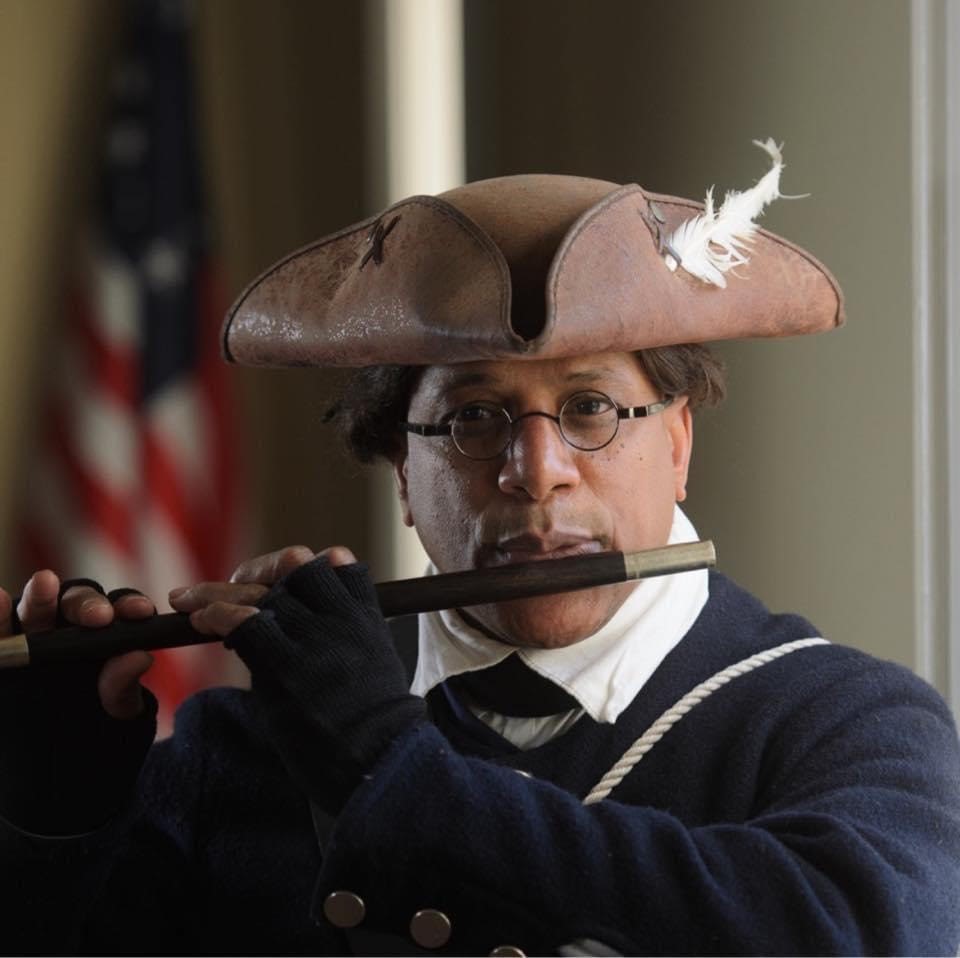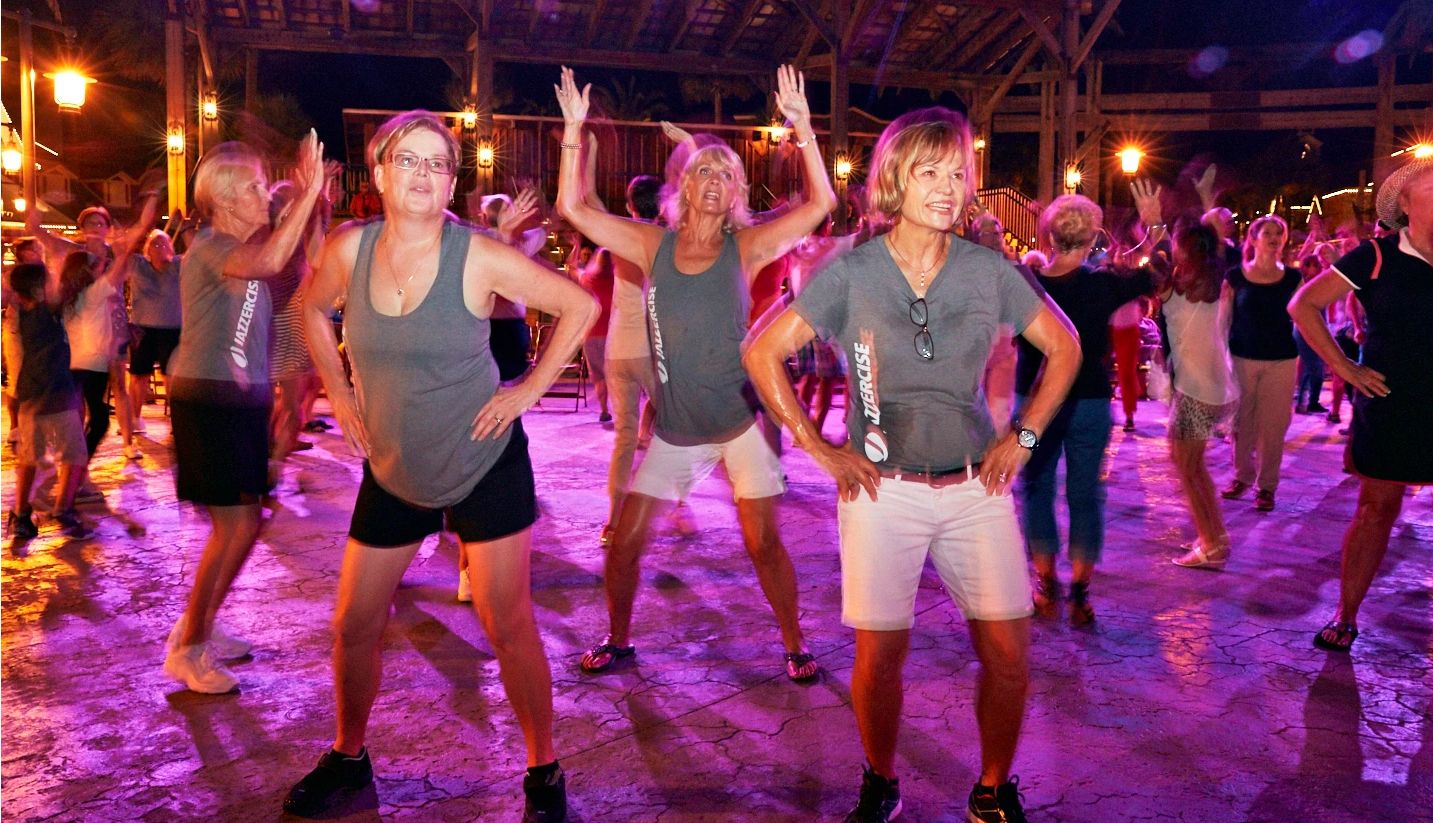AARP Hearing Center

In honoring Black History Month, AARP hosted a public webinar on February 4, 2025 as part of AARP Virginia’s Tuesday Explorers program. Don Francisco presented the contributions of Black fifers and drummers to celebrate “Music and African Americans in the Revolutionary War.” Francisco is a history interpreter and the resident fifer at George Washington’s Mount Vernon Estate and Gardens, from where he talked about the importance of music in the American Revolution. He has traveled extensively and performed nationally and internationally, with a total of 30 consecutive years of service. Some of the performances include at the White House, in the United States Capitol and at the Pentagon, as well as marching in six Presidential Inauguration Parades.
To view the webinar, visit our YouTube channel.
Francisco pointed to the role of the fifers and drummers in the Revolutionary War. The army used music to boost morale and for regiments to communicate and get organized. The fifers and drummers could effectively signal the order to advance toward or retreat from battle. They also inform soldiers when to camp, time to wake up, fetch provisions, and attend church services. George Washington took a special interest in their deployment and gave instructions for their military discipline.
In return, Francisco pointed out, “During the Winter of 1777 -78, while General Washington was camped at Valley Forge with the Continental Army, a group of fifers and drummers gathered in front of his headquarters to serenade him for his birthday (February 22).”
The best paid positions a man of color could hold in the Continental Army were as a fifer or drummer. Francisco gave several examples of Black people who served prominently in those positions. Francisco also highlighted the Slave Memorial and Cemetery at Mount Vernon. This memorial commemorates the lives of the many enslaved men, women, and children that lived and worked at Mount Vernon.
The enslaved people were buried in coffins made on the plantation. Ground-penetrating radar indicates that there are from 50 to 75 graves on the site.
Francisco enjoys his role as a history interpreter and Mount Vernon’s resident fifer. He provides tours of the estate, performs battle hymns and marching songs of the Revolutionary War, and teaches guests about the role of music throughout George Washington’s life.
“My prayer and goal is to add something that guests can take back with them—to hear sounds of the Revolution, learn something new and help Mount Vernon come alive with music,” he said.
To view the webinar, visit our YouTube channel.































































